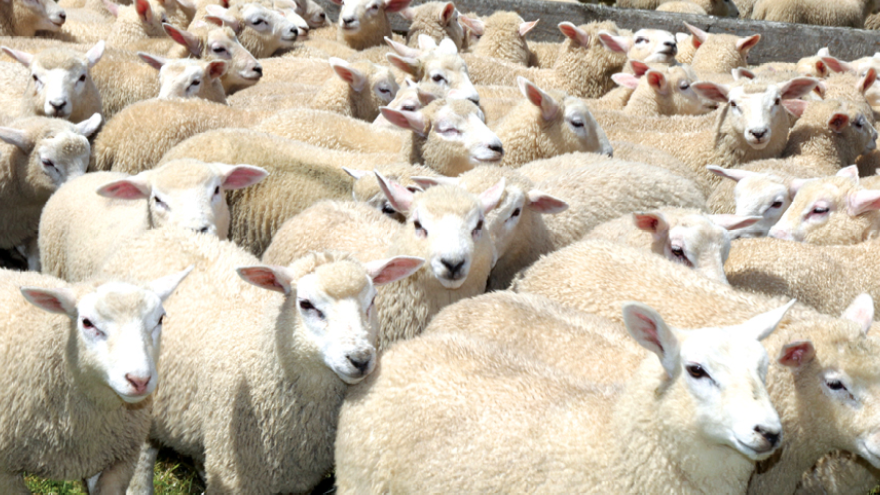
Win the lice challenge
Lice can be a frustrating challenge for sheep farmers as they reduce fleece weights and severely damage the quality of the fleece, reducing the value of the wool clip¹. Off-shear treatment is the best time to manage lice burden.
Signs
The signs of a lice infestation include: rubbing against fences and other objects in the paddock, wool left on fences, matted fleece, organic matter in the fleece or discolouration of the fleece.
Identification
Lice can be identified by taking a series of wool partings down to skin level in ten sheep from the flock. It is important that these are carried out right across the body as lice can be found in high concentrations in localised areas on the fleece, so can be easy to miss.
Control
Lice control relies on a whole farm solution and plan, not just concentrating on the specific mob affected. For maximal control, sheep should be treated off shears. Use the correct dose rate and T-Bar applicator with application being in straight lines from the poll to the tail of the sheep. This insures that the highest effective concentration of active ingredient spreads right across the sheep. Other classes of sheep on the farm should be treated at the same time as they can act as reservoirs for re-infestation. If this cannot be done immediately, untreated stock must be kept separate from treated sheep.
Breeding ewes should not be treated within three weeks of lambing so that young lambs do not act as this reservoir for re-infestation. New Zealand farmers have used Magnum® for lice control in sheep for nearly 20 years. Magnum continues to deliver consistent results with all classes of sheep. It gives lice control off-shears for up to three months in strong wool sheep, and has a rain fast claim to give farmers greater confidence when using it. Magnum contains Diflubenzuron, an Insect Growth Regulator (IGR) in a water base. IGRs prevent lice from completing their life cycle rather than killing the adult lice. Over 14 weeks the adult lice die of “old age”, and female lice are not able to produce viable offspring so the population dies away.
If sheep with long wool have to be treated and can’t be shorn, Vanquish® is an ideal emergency lice outbreak treatment. Vanquish contains alpha-cypermethrin and can be used in sheep with up to ten months wool growth. These treated sheep should be treated again once shorn with a knock-down product. The same rules for application apply to Vanquish, but lice control treatment of sheep with long wool should not be relied upon year on year.
Talk to your local PGG Wrightson Technical Field Representative about the Coopers 10 Point Lice Management Plan. It is a good place to start when planning for lice control on your farm.
SUPPLIED BY MSD ANIMAL HEALTH
¹ Wilkinson et. al. Growth of populations of lice, Damalinia ovis on sheep and their effects on production and processing performance of wool. Veterinary Parasitology, 9 (1982) 243-252.




